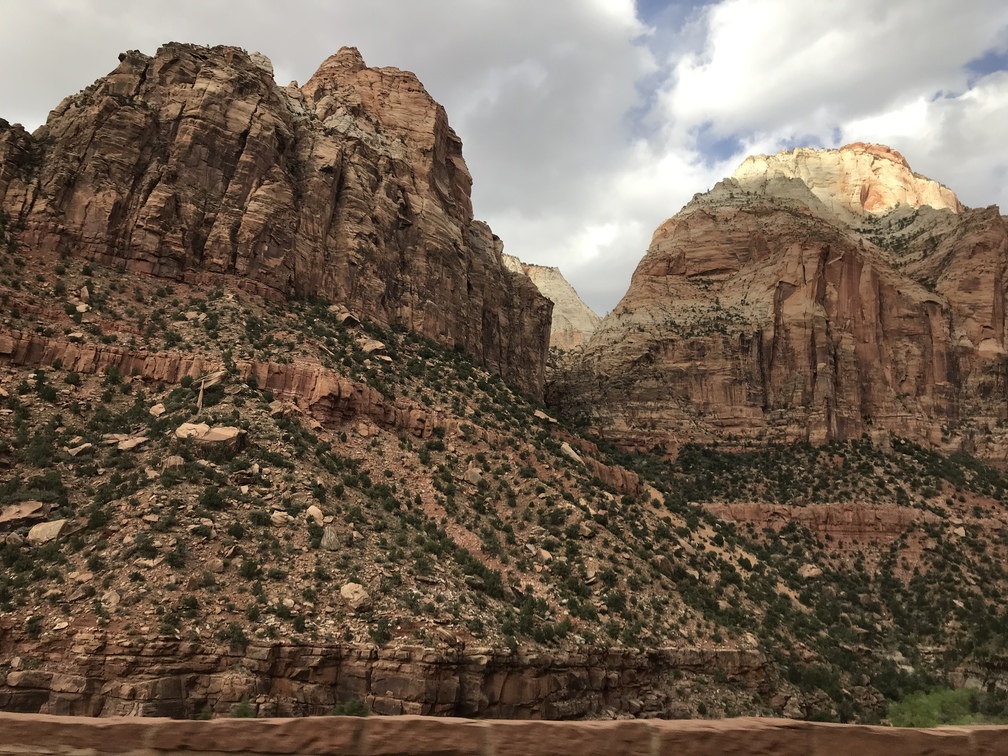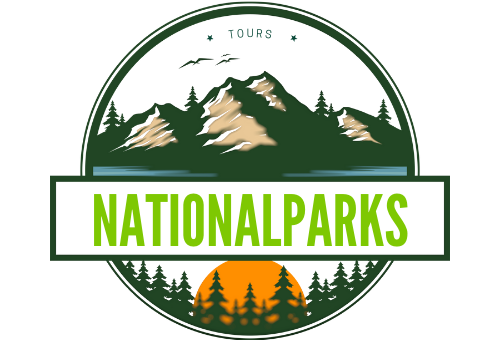Zion National Park, renowned for its stunning sandstone cliffs and unique geological features, faces frequent rock falls that shape its landscape and impact visitor experiences. These events, ranging from small rock slides to massive avalanches, pose significant challenges for park management and safety. This article delves into the causes, impacts, and management strategies of rock falls in Zion, exploring recent incidents and their implications for park visitors and infrastructure.
What Are the Most Significant Rock Fall Incidents in Zion National Park?

Cable Mountain Rock Avalanche (2019)
On August 24, 2019, Zion National Park experienced one of its most significant rock fall events in recent history:
- Location: Cable Mountain
- Impact: Affected East Rim Trail, Weeping Rock Trail, and Hidden Canyon Trail
- Volume: Approximately 31,292 tons of rock debris
- Damage:
- Trails severely damaged
- Sediment deposited across Zion Canyon Scenic Drive
- Debris flow reached Virgin River
- Multiple trees uprooted and entrained in the flow
Historical Landslide (Prehistoric)
A massive prehistoric landslide significantly shaped Zion Canyon:
- Date: Approximately 4,800 years ago
- Location: The Sentinel peak in Zion Canyon
- Outcome:
- Created the flat floor of Zion Canyon
- Dammed the Virgin River, forming a lake that lasted 700 years
Kolob Creek Landslide
A more recent event affected the popular Zion Narrows area:
- Date: June 6 (year unspecified, between 1989-2024)
- Location: Kolob Creek, flowing into Zion Narrows
- Impact: Altered hiking routes in the area
How Does Zion National Park Monitor and Assess Rock Fall Risks?

Zion National Park employs various strategies to monitor and assess rock fall risks:
- Continuous Monitoring: Park geologists and maintenance workers regularly inspect active rockfall sites.
- Advanced Technology: Use of small unmanned aircraft systems (sUAS) for high-resolution photography and assessment.
- Stability Assessment: Areas deemed unstable may remain closed for extended periods.
- Documentation: Detailed recording of the nature and extent of hazards.
What Safety Measures Are in Place for Visitors?
To ensure visitor safety, Zion National Park implements several measures:
- Trail Closures: Temporary or permanent closure of affected trails and roads
- Signage: Clear warnings and information about potential hazards
- Barriers: Physical barriers to prevent access to dangerous areas
- Public Information: Regular updates through visitor centers, campgrounds, and park publications
How Do Rock Falls Impact Park Infrastructure and Visitor Access?
Rock falls in Zion National Park have significant impacts on infrastructure and visitor access:
- Trail Damage:
- East Rim Trail partially destroyed in 2019
-
Hidden Canyon trail repeatedly affected, requiring closures and reroutes
-
Road Blockages: Scenic drives occasionally blocked by debris
-
Visitor Center Updates: Constant updates to visitor information and trail status
-
Repair and Conservation:
- Priority on safety during infrastructure repairs
- Emphasis on conserving landscape, plants, and animals during restoration
What Is the Frequency of Rock Falls in Zion National Park?
Rock falls in Zion National Park are:
- Frequent
- Unpredictable
- Range from small individual blocks to catastrophic avalanches
- Influenced by the park’s geologically active landscape
How Do Rock Falls Affect Visitor Statistics?
Despite the risks, Zion National Park remains highly popular:
- Over 4.3 million visitors in 2018
- Increased likelihood of visitors encountering geologic hazards due to high visitation and frequent rock falls
What Are the Costs Associated with Rock Fall Mitigation?
While specific figures are not available, rock fall mitigation in Zion National Park involves significant resources:
- Advanced technology costs (e.g., sUAS)
- Personnel expenses for geologists and maintenance workers
- Trail repair and closure management costs
- Ongoing monitoring and assessment expenses
Where Can Visitors Get Up-to-Date Safety Information?
Visitors can access current safety information through:
- Park rangers
- Zion Canyon Visitor Center
- Campground and shuttle stop bulletin boards
- Official park publications
- Zion National Park website and social media channels
Conclusion
Rock falls in Zion National Park are a natural and ongoing phenomenon that significantly shapes the park’s landscape and visitor experience. While they pose challenges for park management and safety, they also contribute to the dynamic and awe-inspiring nature of Zion’s geology. Visitors should stay informed about current conditions and adhere to park safety guidelines to enjoy the park’s beauty responsibly.
